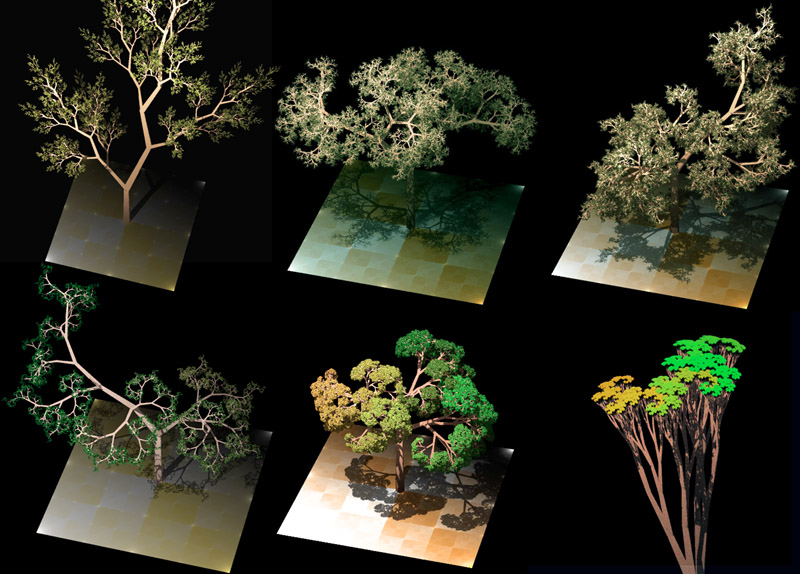Stakeholder Archetypes (9/15/2020)

Access most recent webbuild here: Click Link
My research topic will most likely benefit game designers who are in charge of level development. For the sake of scope, I will assume that the immediate audience for this tool is independent level designers and hobbyist game developers (potentially alumni of WolveineSoft as well). Most independent game developers make games in their spare time as a side activity; Others may work at small studios (less than 100 people) in hubs such as Ann Arbor and Washington State.
Level designers work in multidisciplinary teams to construct level prototypes and final in-game levels. This encompasses player-metrics, enemy placement, and item placements, as well as gameplay mechanics and progression. Level design, according to Jason Weesner (former level designer for Sanzaru Games), "is a mix of architectural successes/failures based on imagination, a tone of iterations, and access to the right tools and features at an early stage." It is a process that is one of the more difficult aspects of a game's development and requires constant revision throughout the entire development lifecycle.
In my opinion, time is crucial to a level designer. It is important for them to have tools that allow them to quickly prototype and develop level designs. Due to rapidly changing deadlines, they must be able to make revisions to their designs as fast as possible. Procedural/automatic tools could potentially allow for this without requiring too much manual labor (automate tedious tasks whenever possible).
For successful independent studios, they may be able to afford to build and maintain their own in-house development tools. Others opt to purchase licenses for 3rd party tools (Maya, Zbrush, 3D's MAX). Most hobbyist developers will opt for free tools to use in their game's development (Unity, Unreal). Moreover, these (free) tools are in great abundance and are simple to pick up and learn.
